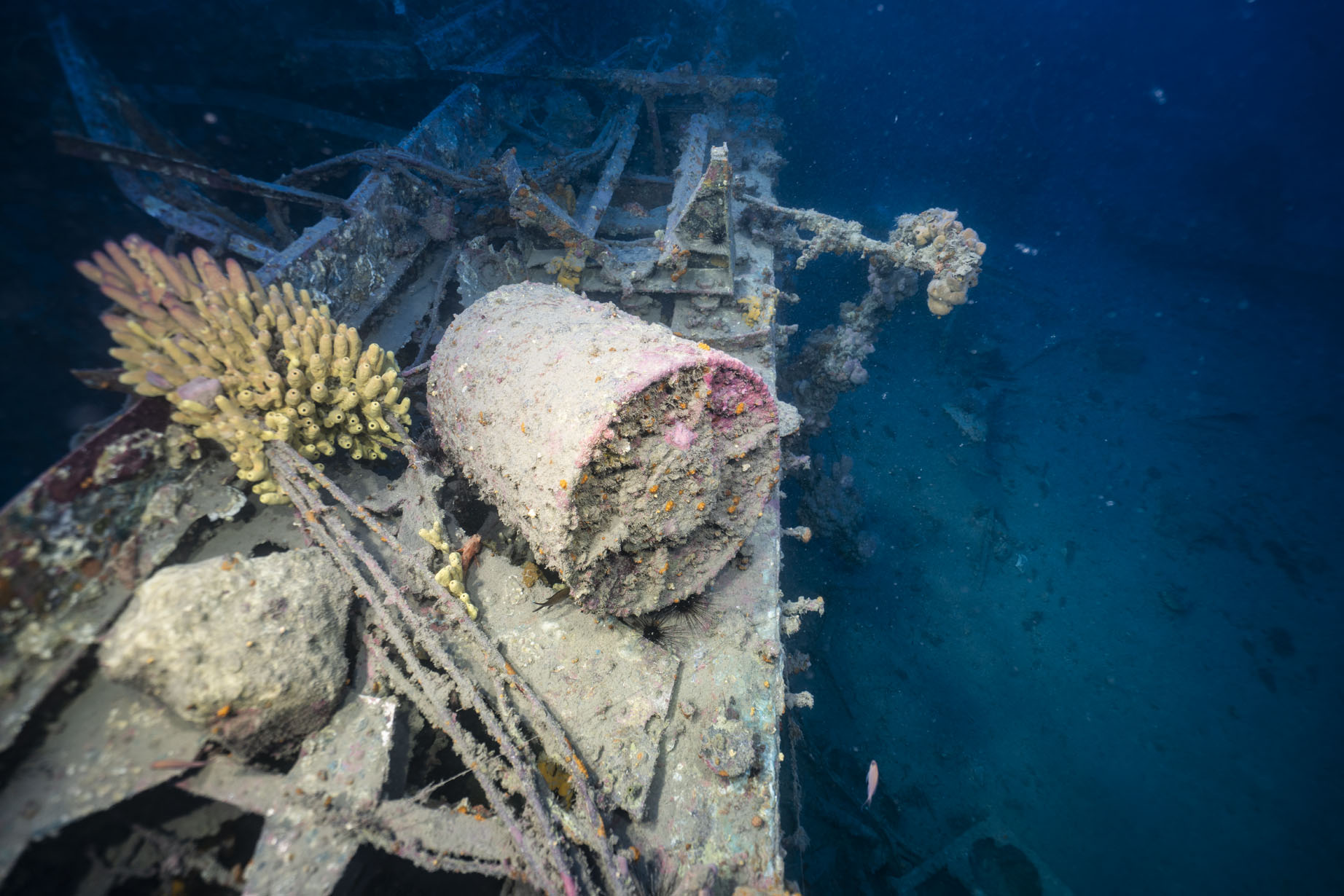Monitoring and Assessment of dumped munitions in the global ocean: an integrated approach
Dates
22-27 April 2024
Location
St Angelo Hall, Malta Maritime Museum
Ocean dumping of conventional and chemical munitions was widespread in the 20th century. Most disposal occurred in the years and decades following World Wars I and II, However, this continued until the 1990s when international conventions on arms control and dumping were agreed. Discarding generally took place in coastal waters and enclosed seas, but substantial dump sites extend across the shelf to break, slope, and deep ocean regions, especially adjacent to Europe and North America, and in the southwest Pacific. These dumped munitions are extremely hazardous to human health and the marine environment. Human encounters, in fishing and dredging for example, can be lethal when the weapons explode, while corroded munition housings result in exposure to highly toxic explosives. Corrosion leads to explosives entering ocean systems, resulting in the contamination of organisms, impacting ecosystem sustainability and services, and ocean and human health. Because munitions inventories can be incomplete or limited, the amounts, types, condition, and sites are often not very well known.
The above issues have been addressed in several national and international projects, yet no such initiatives have been executed in a Central Mediterranean context. The seabed in Malta is only just starting to be mapped and explored. It is therefore imperative for Malta to start the process of understanding the extent of the issue as well as potential remedies and courses of future action.








